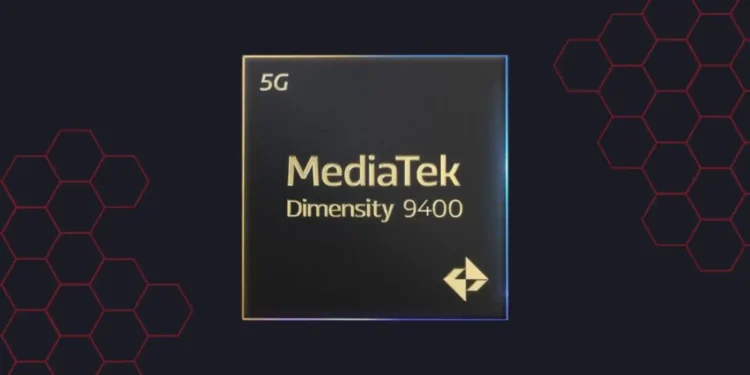In a surprising turn of events in the semiconductor industry, the upcoming MediaTek Dimensity 9400 chipset has made headlines by significantly outperforming its competitors in the recent GFXBench Aztec Ruins 1440p benchmarks. This performance evaluation indicates that the Dimensity 9400 not only surpasses Apple’s latest A18 Pro chip by a staggering 86% but also edges out the M4, Apple’s advanced processor currently used in the latest iPad Pro models.
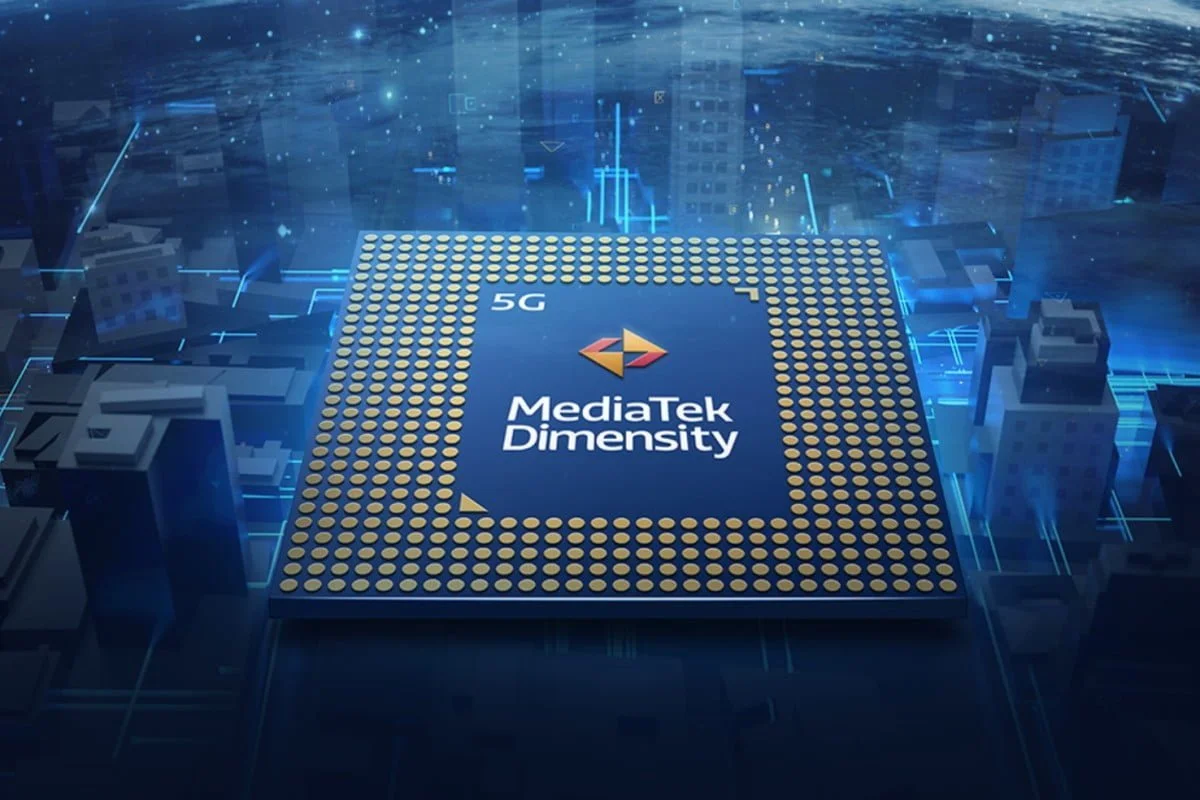
Benchmark Revelations: A New Leader Emerges
According to leaked GFXBench Aztec Ruins, 1440p results shared by the well-known tipster Digital Chat Station, the Dimensity 9400 scored an impressive 134 frames per second (FPS) in the high graphics option of the benchmark. This performance is notably higher than the A18 Pro’s 72FPS and even surpasses the M4’s 127FPS. The total accumulated frames for the Dimensity 9400 stood at 8,591, painting a picture of a chipset designed for high performance and efficiency.
This significant performance leap suggests that MediaTek may be positioning the Dimensity 9400 as the new favourite for premium smartphone and tablet manufacturers, challenging the long-standing dominance of Apple’s silicon in these benchmarks.
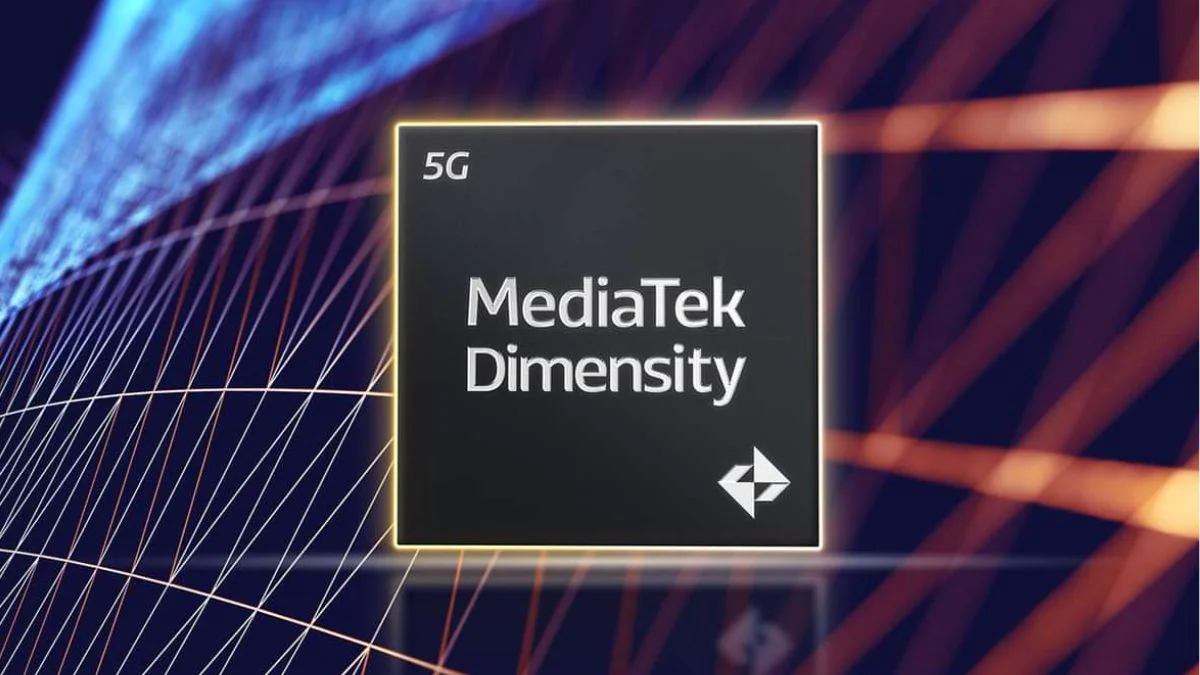
Behind the Scores: What Makes Dimensity 9400 Stand Out?
The Dimensity 9400 is rumoured to feature an ARM Mali-G925 Immortalis GPU with 12 cores, which likely contributes to its remarkable benchmark scores. The early reveal of these results highlights MediaTek’s commitment to pushing the boundaries of mobile technology, gearing up for a competitive market as it prepares to launch the new chipset next month. Interestingly, the benchmark results also suggest that while the Dimensity 9400 leads against Apple’s offerings, it holds a smaller performance margin against Qualcomm’s Snapdragon 8 Gen 3. This indicates that the GFXBench Aztec Ruins 1440p may have optimizations favouring Android chipsets, which could skew comparative results between Android and Apple devices.
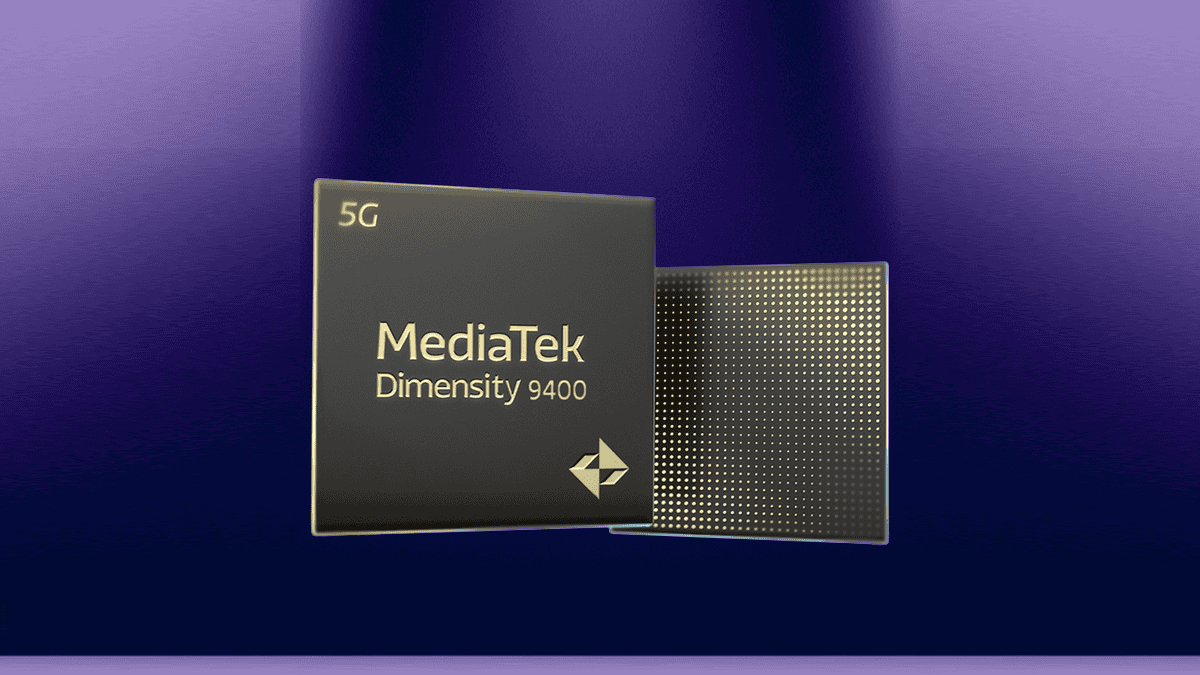
Competition and Context
It’s important to note that benchmarks like GFXBench provide a snapshot of performance under specific test conditions and may not always reflect real-world usage. Performance can vary based on a multitude of factors including software optimization, power management settings, and the specific tasks being executed. Moreover, while the Dimensity 9400’s initial results are promising, comprehensive comparisons and more varied benchmarks will be necessary to determine its position in the market truly. Observers and tech enthusiasts are eagerly awaiting the full reveal and subsequent independent testing to see if the new MediaTek chipset lives up to its early promise.
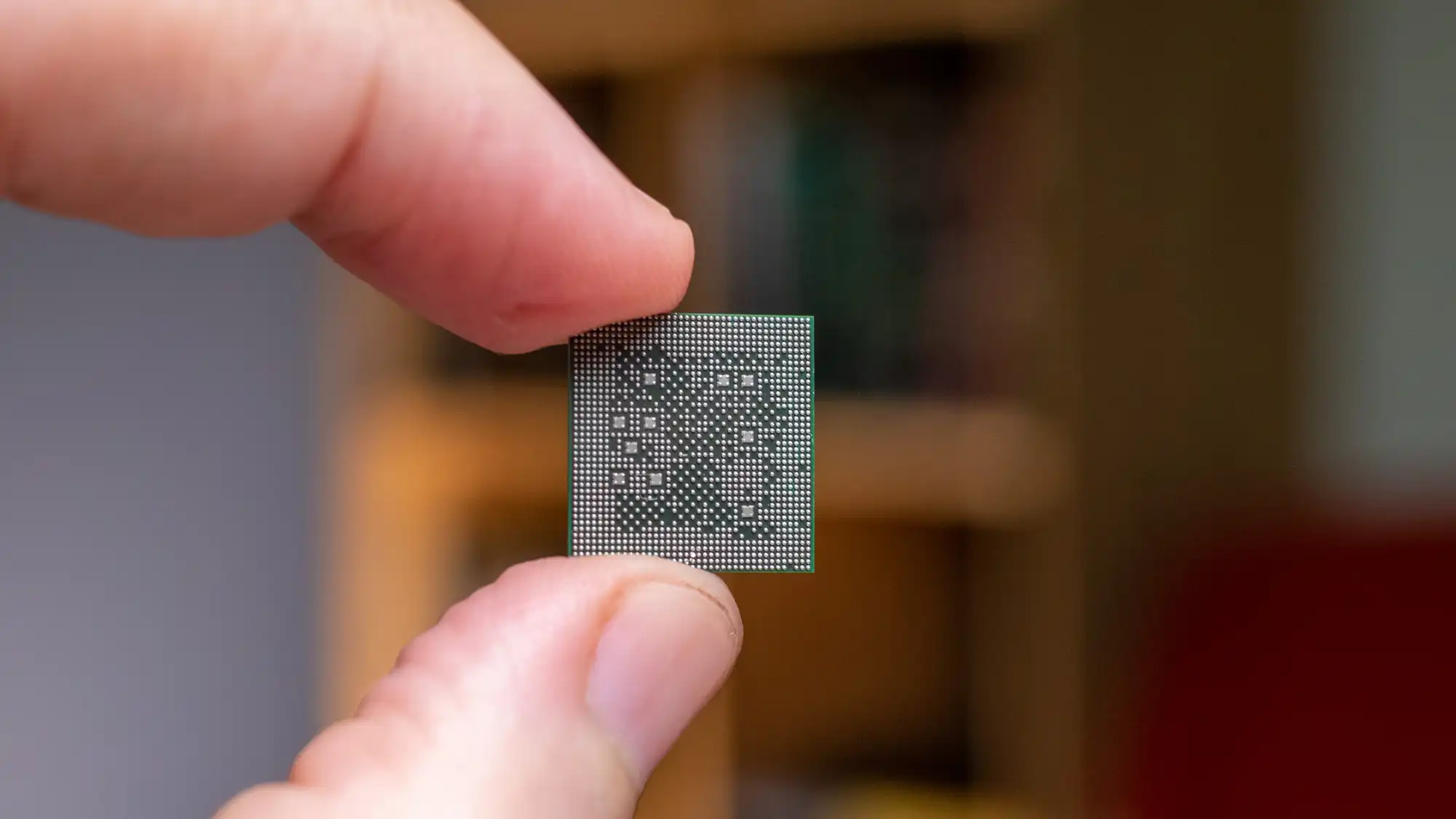
As the tech community looks forward to the official release of the Dimensity 9400, alongside Qualcomm’s Snapdragon 8 Gen 4, the coming months are sure to be filled with analyses and reviews that will either confirm or contextualize the preliminary data. MediaTek’s advancement poses intriguing questions about the future of mobile technology and chipset performance, setting the stage for a potentially new era in the semiconductor industry.
In the dynamic landscape of mobile processors, where performance metrics can influence market trends and consumer choices, MediaTek’s latest offering appears poised to challenge the status quo. Whether this will translate into a shift in chipset preference among leading smartphone manufacturers remains to be seen.

